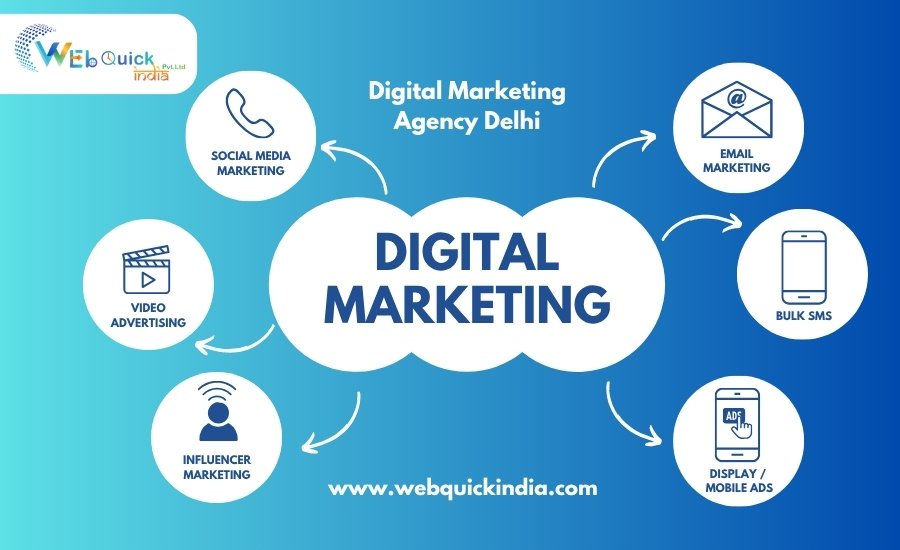
Scope of Digital Marketing Complete Guide (2025) Webquick India
Buying from the customers today is a matter of being able to market your goods and services and provide an on-line experience. Traditional methodologies have gone obsolete. Be it an established brand, a budding startup, or a go-getter honing skills for a 21st-century career, one must learn digital marketing.
This comprehensive guide is brought to you by Webquick India to demystify the world of digital marketing. We will break down every critical aspect: what it is, why it's vital, its core components, and how you can leverage its power to accelerate your business and career growth.
1. Introduction: Understanding Digital Marketing
What is Digital Marketing?
Digital marketing, also known as online marketing, is an umbrella term for all marketing efforts that use an electronic device or the internet. Businesses leverage various digital channels such as search engines, social media, email, and their websites to connect with current and prospective customers.
Marketing takes place via a medium that is digital. It is digital marketing. Not just online advertising, it is an ecosystem set forth by various kinds of technology for helping brands connect and interact, converting target audiences to loyal customers.
Traditional Marketing vs. Digital Marketing
To truly grasp why digital marketing is so revolutionary, it's helpful to compare it with its traditional counterpart:
|
Aspect |
Traditional Marketing |
Digital Marketing |
|
Medium |
Print (newspapers, magazines), Broadcast (TV, radio), Direct Mail, Billboards |
Websites, Social Media, Email, Search Engines, Mobile Apps |
|
Reach |
Broad, often untargeted reach, limited by geography |
Global reach with the ability to target specific demographics, interests, and behaviors |
|
Communication |
One-way (brand broadcasts a message to the audience) |
Two-way and interactive (enables conversation between brand and customer) |
|
Cost |
Generally very expensive, with a high barrier to entry for small businesses |
Cost-effective and scalable, with budgets suitable for businesses of all sizes |
|
Measurement |
Difficult to measure results; often relies on estimates and correlations |
Highly measurable; every click, view, and conversion can be tracked precisely |
|
Flexibility |
Campaigns are difficult to alter once launched |
Campaigns can be adjusted and optimized in real-time based on performance data |
2. Why Businesses and Brands are Adopting Digital Marketing
In today’s competitive marketplace, businesses and brands are rapidly embracing digital marketing, not just to follow a trend, but for solid, data-driven business reasons:
· Changes in Consumer Landscape: The current consumer is truly always-on in nature. They search for products, read reviews, and try to get the opinion from the blogger or on social media before making the buying decision. Hence, businesses must be where their customers are-they are there online.
· Data-Driven Marketing Decisions: Digital marketing brings the possibility of collecting huge amounts of data regarding each campaign. You can analyze how many people watched your ad, the demographic data of the group targeted, how each member of the group sidestepped or uploaded media in response to the ad, and what actions they took after seeing it. Based on that array of data, you are able to realize the success of your campaign, modify your strategies, and finally make better and profitable decisions.
· Affordable Yet Higher ROI: From a cost perspective, buying a national television spot or placing an ad in a full-page newspaper costs a lot. On the other hand, a targeted social media campaign or an SEO strategy will cost an order of magnitude less. This aspect comparatively levels the field for SMEs to compete well with their big corporate counterparts.
· Communication in Two Directions and Greater Brand Engagement: Digital channels offer a two-way direct communication channel to customers. Customers voice their views through comments, messages, and reviews, and provide brands with the opportunity to build a loyal community, gather valuable insights, and personify their brand identity in a more human and approachable way.
· Increased Brand Awareness and Visibility: Through strategies like Search Engine Optimization (SEO) and content marketing, you can ensure your brand appears at the top of search results when potential customers are looking for products or services in your industry. This builds credibility and brand recall.
· Adaptability and Scalability: Digital campaigns are incredibly flexible. If an ad isn't performing well, you can pause or modify it instantly. Conversely, if a campaign is a success, you can easily scale up your budget to expand its reach.
· Precise Audience Targeting: Digital platforms allow you to target your audience with incredible precision based on age, location, income, interests, online behavior, and more. This means your marketing message reaches the people most likely to become customers.
· Capturing the Mobile Audience: A majority of internet traffic, especially in India, comes from mobile devices. Digital marketing is inherently mobile-first, enabling you to connect with customers on the go, wherever they are.
3. The Scope of Digital Marketing: A Detailed Breakdown
Digital marketing isn't a single entity but a collection of specialized services, tools, and strategies. Let's explore its primary components.
3.1 Core Services
1. Website Development and Management: A website is the backbone of any digital existence- a 24/7 salesperson for your business. Your website must be professional in appearance yet be user-friendly, fast loading, and mobile responsive so that users may have an excellent experience.
2. Search Engine Optimization (SEO): Optimizing your website to bring it to a higher position in SERPs, such as Google, for a keyword relevant to your business. This will bring organic traffic. It includes on-page SEO practices like content and keywords, and off-page SEO like backlinks.
3. Search Engine Marketing (SEM): SEM is a wider term that takes in all activities geared towards getting visibility for your website through search engines. It embraces SEO and PPC advertising.
4. Content Marketing: This strategy involves the creation and dissemination of valuable, relevant, and consistent content to attract and hold a clearly defined audience, such as websites, blog posts, videos, infographics, e-books, and even podcasts. Instead of just selling, the aim is to build trust and authority for a content marketing initiative.
5. Social Media Marketing (SMM): This refers to marketing of a brand itself, engagement with its audience, and driving traffic to its website via social media outlets such as Instagram, Facebook, LinkedIn, X (formerly Twitter), and YouTube.
6. Email Marketing: One of the most effective digital marketing channels, email marketing allows you to communicate directly with your leads and customers, nurture relationships, promote offers, and drive repeat business.
7. Pay-Per-Click (PPC) Advertising: PPC is an advertising model where businesses pay a fee each time one of their ads is clicked. The most common form is Google Ads, where you bid for ad placement at the top of search results for specific keywords.
8. Affiliate Marketing: This is a performance-based marketing tactic where a business rewards one or more affiliates for each visitor or customer brought by the affiliate's own marketing efforts.
9. Mobile Marketing: This strategy focuses on reaching your audience on their smartphones and tablets through SMS/MMS marketing, in-app advertising, and mobile-optimized websites and campaigns.
3.2 Digital Marketing Tools and Platforms
To execute these services effectively, marketers rely on a variety of powerful tools:
· Analytics & SEO:
o Google Analytics: The industry standard for tracking website traffic, user behavior, and conversion goals.
o SEMrush / Ahrefs: Comprehensive SEO suites for keyword research, competitor analysis, backlink tracking, and site audits.
· Social Media Management:
o Hootsuite / Buffer: Platforms to schedule posts across multiple social media accounts, monitor engagement, and analyze performance.
o Canva: A user-friendly graphic design tool for creating stunning social media visuals without needing a design background.
· Email Marketing:
o Mailchimp: A popular and intuitive email marketing platform, great for small businesses and beginners.
o Sendinblue / Brevo: An all-in-one marketing platform that integrates email, SMS, chat, and CRM.
3.3 Digital Marketing Strategies
· Inbound vs. Outbound Marketing:
o Outbound: The traditional method of "pushing" a message out to a broad audience via ads, cold calls, and email blasts. It can be interruptive.
o Inbound: The modern approach of "pulling" customers in by creating valuable content and experiences tailored to them. It builds trust and lasting relationships.
· Omnichannel Marketing Strategy: This focuses on creating a seamless and integrated customer experience across all channels, both online and offline. A customer might see an ad on Instagram, browse on their laptop, and complete the purchase in a physical store, with the experience being consistent throughout.
· Customer Journey Mapping: The process of visualizing every interaction a customer has with your brand, from initial awareness to post-purchase loyalty. This helps you understand and improve their experience at every touchpoint.
· Personalization in Marketing: Using data and AI to deliver personalized experiences, product recommendations, and messages to individual users, making them feel understood and valued.
3.4 Key Metrics and KPIs (Key Performance Indicators)
The beauty of digital marketing lies in its measurability. Key metrics to track include:
· Conversion Rate: The percentage of users who complete a desired action (e.g., making a purchase, filling out a form).
· Click-Through Rate (CTR): The percentage of people who click on your ad or link after seeing it.
· Customer Acquisition Cost (CAC): The total cost of acquiring a new customer.
· Return on Investment (ROI): The total revenue generated from your marketing efforts compared to the cost. =MarketingCost(Net Profit−Marketing Cost)×100
· Engagement Metrics: Likes, shares, comments, and time spent on a page, which indicate how well your content resonates with your audience.
3.5 Challenges in Digital Marketing
· Competition and Market Saturation: With nearly every business online, standing out from the crowd is a major challenge.
· Ad Fatigue and Banner Blindness: Users are exposed to so many ads that they often subconsciously ignore them.
· Privacy Issues and GDPR Compliance: Stricter data privacy regulations are making it more complex to collect and use customer data.
· Constant Algorithm Updates: Platforms like Google and Meta frequently change their algorithms, requiring marketers to constantly adapt their strategies.
3.6 Digital Marketing for Different Industries
Strategies vary significantly by industry:
· E-commerce: Heavily reliant on PPC, social media ads, and email marketing to drive immediate sales.
· Healthcare: Focuses on content marketing (informational blogs) and local SEO to build trust and help patients find nearby clinics.
· Education: Uses lead generation forms, detailed webinars, and email nurturing campaigns to guide prospective students.
· Travel: Employs stunning visual content (Instagram, YouTube) to inspire wanderlust and limited-time offers to create urgency.
· FMCG: Relies on large-scale social media and video marketing campaigns to build brand recall and reach a mass audience.
4. How Digital Marketing Helps Businesses and Builds Brands
Summing it all up, a sound digital marketing system gives your firm several practical benefits:
1. Name Awareness Boost: SEO and SMM help your brand to be noticed by genuine buyers who are trying to find solutions similar to what you offer.
2. Customer Relationships: With the help of social media and e-mail, you can directly engage clients, hear their feedback, and nurture a loyal community of fans.
3. Generating Quality Leads and Making Sales: Targeted marketing campaigns reel in premium leads that are then converted into customers and hence, directly affect cash flows.
4. Measurable Returns on Investment: A better way to put it is that digital marketing is cheaper than the usual advertising means, all the while offering highly accurate tracking so that you get to see every cent of your marketing budget spent well for maximum returns.
5. The Scope of Digital Marketing for Careers
Digital marketing is not just a game-changer for businesses; it’s a booming field with vast opportunities for individuals. It's a fast-growing industry with high demand for skilled professionals.
5.1 Diverse Career Paths
· Search Engine Optimization (SEO) Specialist: Optimizes websites to achieve higher rankings on search engines.
· Social Media Manager: Manages and grows a brand's presence and engagement on social media platforms.
· Content Strategist / Manager: Creates and executes a content strategy to attract and engage a target audience.
· Email Marketing Specialist: Designs, executes, and analyzes email campaigns to nurture leads and retain customers.
· PPC Specialist: Manages paid advertising campaigns on platforms like Google Ads and social media.
· Performance Marketer: A highly data-driven role focused on maximizing the ROI of marketing campaigns.
· Digital Marketing Manager: Oversees the entire digital marketing strategy and leads a team of specialists.
5.2 Evolving Skillset Requirements
To succeed in this field, you need a blend of skills:
· Analytical Skills: The ability to interpret data and extract actionable insights.
· Creative Skills: The ability to craft compelling ad copy, blog posts, and social media content.
· Technical Skills: A basic understanding of SEO tools, analytics platforms, and content management systems (CMS) like WordPress.
5.3 High Demand and Lucrative Salaries
As every company needs a digital presence, the demand for skilled digital marketers is at an all-time high. Salaries in India are competitive and grow significantly with experience:
· Entry-level (0-2 years): ₹3 - ₹5 Lakhs Per Annum (LPA)
· Mid-level (3-5 years): ₹6 - ₹12 Lakhs Per Annum (LPA)
· Managerial (5+ years): ₹15 - ₹25+ Lakhs Per Annum (LPA)
5.4 Remote Work Opportunities
Most digital marketing roles are location-independent, making it an ideal career for those seeking remote work, freelancing opportunities, and a better work-life balance.
5.5 Education, Skills, and Guidance
· Certification: Certifications like those from Google (Google Ads, for example), HubSpot, or SEMrush add a lot of credibility to any profile.
· Courses: There are many courses in digital marketing offered by various online sites like Coursera or Udemy, or institutes.
· Career Tips: Begin by specializing in one thing (SEO, for example, or PPC). Having a personal blog or portfolio should reflect your abilities.
· Traditional Marketing to Digital Marketing: Capitalize on your basic marketing knowledge, but thereafter, start upskilling on digital marketing tools and analytics.
6. Global and Local Digital Marketing Trends (2025)
The digital landscape is always evolving. Here are the key trends to watch:
· Global Trends:
o Artificial Intelligence (AI): AI is now central to marketing automation, hyper-personalization, chatbots, and predictive analytics. Generative AI is also transforming content creation.
o Voice Search Optimization: With the rise of smart speakers, businesses must optimize their content for voice search queries (e.g., "digital marketing agency near me").
o Video Marketing: Short-form video (TikTok, Instagram Reels) and live streaming continue to dominate for audience engagement.
· Local Trends (India):
o Mobile-First Everything: With India's massive mobile user base, all strategies, websites, and content must be designed for a mobile-first experience.
o WhatsApp Marketing: Businesses are increasingly using the WhatsApp Business Platform for direct communication, customer support, and commerce.
o Regional Content Marketing: To tap into Tier-2 and Tier-3 cities, there's a growing demand for content in regional languages like Hindi, Tamil, Bengali, and more.
· Emerging Trends:
o AR/VR Marketing: Brands are using Augmented and Virtual Reality to create immersive customer experiences (e.g., trying on clothes virtually).
o Conversational Marketing: Using chatbots and messaging apps to engage with customers in real-time, one-on-one conversations.
o Hyper-Personalization: Leveraging deep data to create completely unique and individualized experiences for every single user.
7. Case Studies and Success Stories
• Indian Brand Success (Mamaearth): Mamaearth has leveraged content and influencer marketing to build trust for this toxin-free personal care brand. They developed educational content while partnering with various mommy bloggers to build a firmly knit community and trust among their target audience, consisting of concerned parents.
• Global Brand Campaign (Spotify): Spotify's annual Wrapped campaign is the finest example of truly personalized marketing and UGC. By transforming each user's listening patterns into a unique story that his or her friends can share, it creates a massive amount of organic buzz every year on social media, which only helps with brand loyalty.
Key Learnings: Successful brands understand their audience deeply, provide genuine value, and use creative storytelling to build an emotional connection.
8. Myths & Misconceptions in Digital Marketing
· Myth 1: Digital marketing delivers instant results.
o Reality: While PPC can show quick results, organic strategies like SEO and content marketing take months of consistent effort to build momentum. It's a marathon, not a sprint.
· Myth 2: More website traffic equals more revenue.
o Reality: The quality of traffic matters more than the quantity. 100 highly targeted visitors who are genuinely interested in your product are far more valuable than 10,000 irrelevant visitors.
· Myth 3: Analytics are optional.
o Reality: Without data, you're marketing in the dark. Analytics tell you what's working and what isn't, allowing you to optimize your strategy and maximize your ROI.
9. The Future of Digital Marketing
· What is the future of digital marketing in India?
o The future is mobile, video, and vernacular. As more of India comes online, the importance of hyper-local and hyper-personalized marketing will only grow.
· How is AI changing digital marketing?
o AI will act as a co-pilot for marketers, automating repetitive tasks, analyzing vast amounts of data, and enabling personalization at a scale never before possible. It will augment human creativity, not replace it.
· Is digital marketing a future-proof career?
o Absolutely. As long as businesses exist and the internet is here, there will be a need for skilled professionals who can connect the two. The tools may change, but the core principles of understanding and connecting with a customer will always be relevant.
Frequently Asked Questions (FAQs)
Q1. What is the salary of a digital marketer in India?
Salaries vary by role and experience, but an entry-level professional can expect ₹3-5 LPA, which can grow to ₹15-25 LPA or more for experienced managers and specialists.
Q2. What qualifications do I need to become a digital marketer?
No specific degree is mandatory, though a background in marketing or business can be helpful. What matters most are demonstrable skills, industry certifications, and a strong portfolio of work.
Q3. How do I choose the right digital marketing role for me?
Consider your strengths. If you love data and analytics, a role in PPC or SEO analysis could be a great fit. If you're creative and enjoy storytelling, consider social media or content marketing.
Q4. Is digital marketing a good career for remote work?
Yes, it's one of the most remote-friendly careers available, as most of the work can be done from anywhere with a laptop and an internet connection.
Q5. Can I switch from traditional marketing to digital marketing?
Definitely. You already have a strong foundation in marketing principles. You just need to upskill and learn the specific tools, channels, and analytics of the digital world.
11. Conclusion: Your Path to Digital Success
In the past, the digital space had served merely as another channel to be utilized for marketing, but now it is its very nucleus. Businesses are empowered to be fronting their customers more effectively into deeper relationships and achieve measurable growth.
Dynamically, for a person, this is a rewarding career with resilience and benefits to offer. A few digital marketing must-know elements include, from foundation services, current trends, to job opportunities. Clearly, digital is to be embraced strategically for any forward-looking business or professional today.

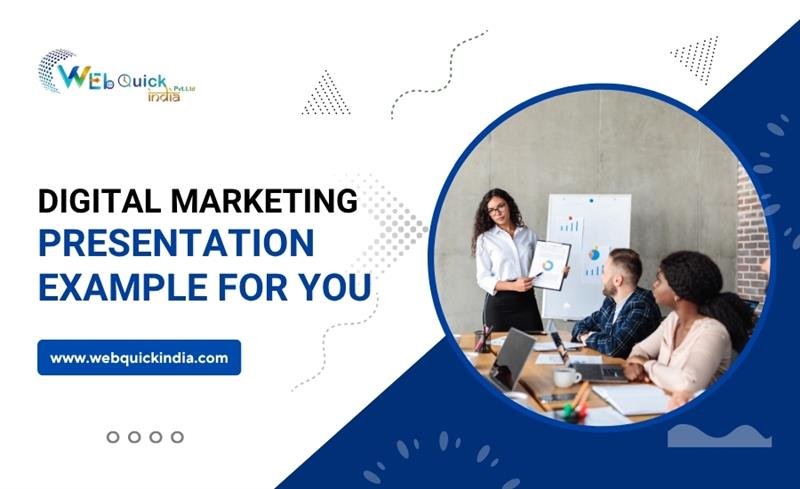
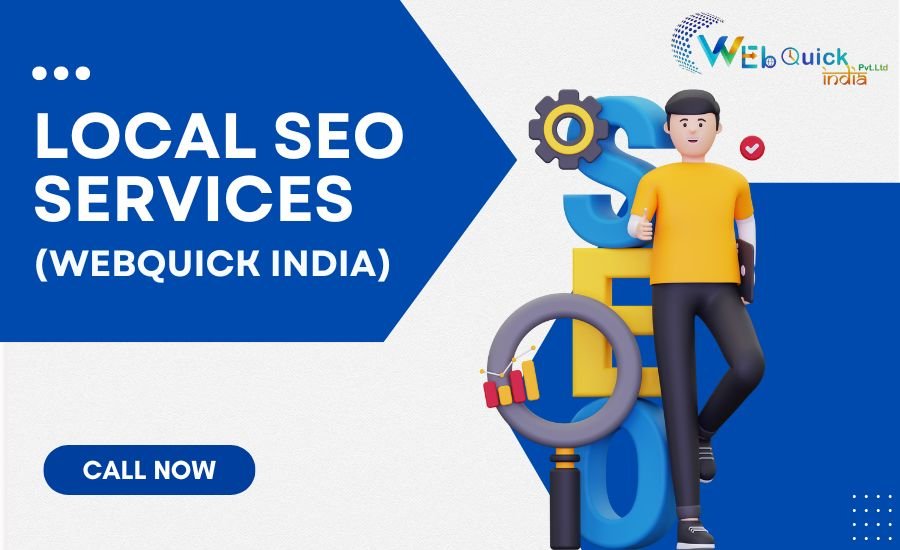
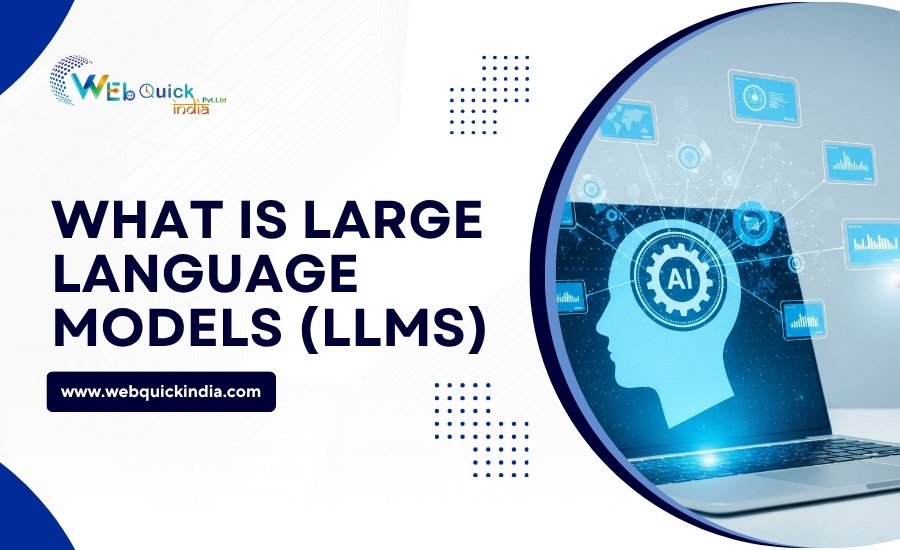
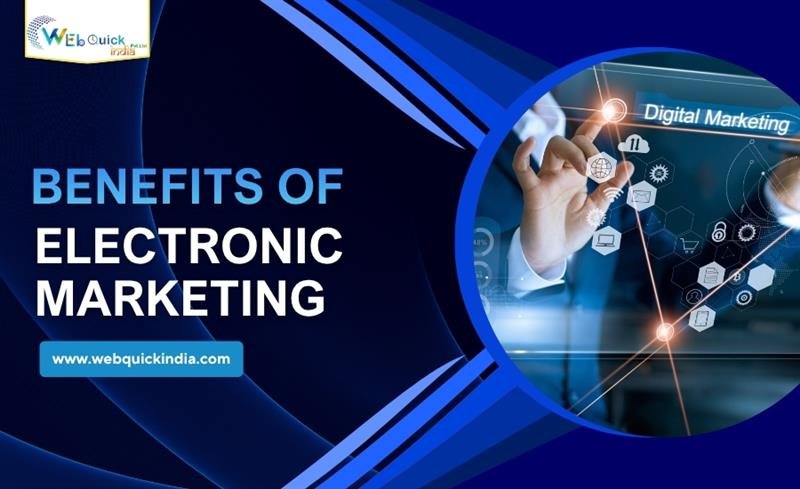
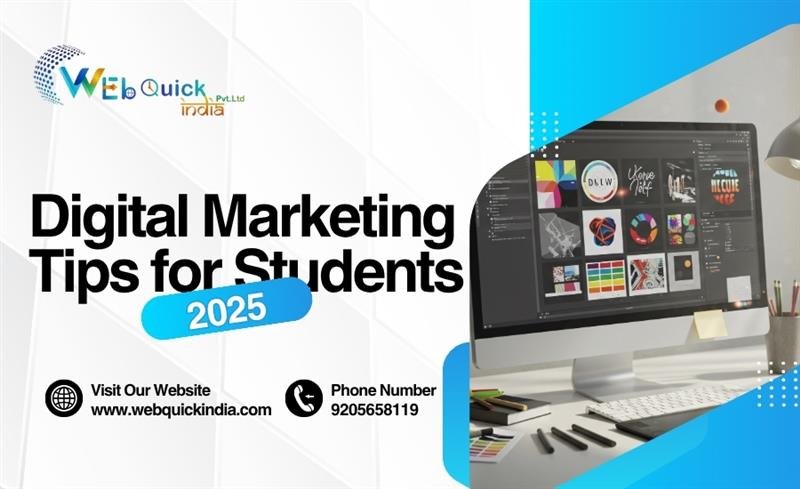
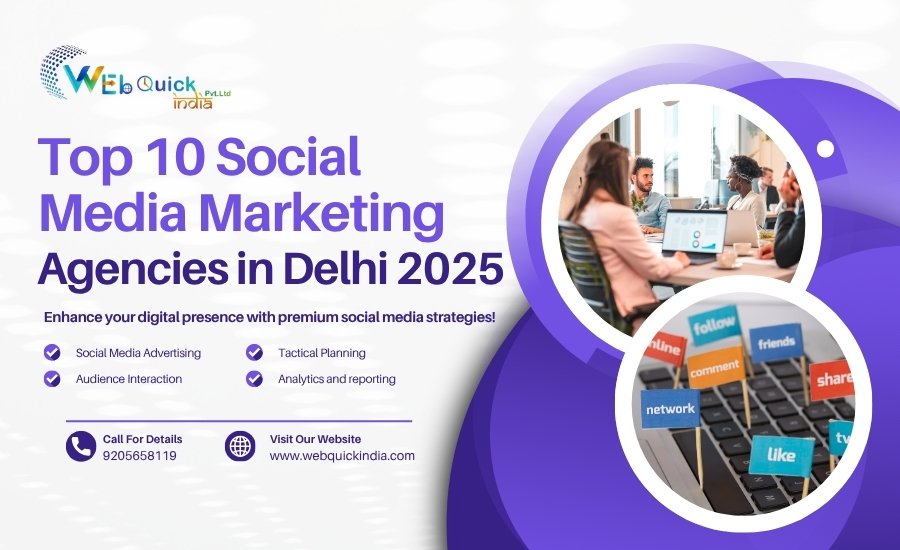
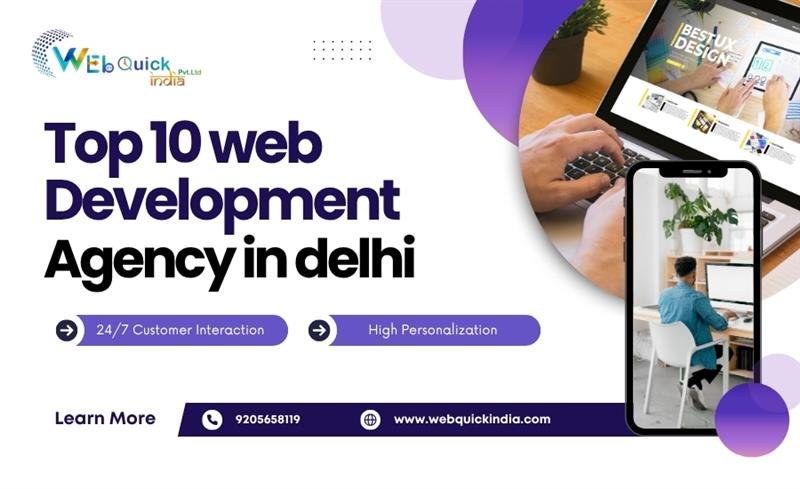
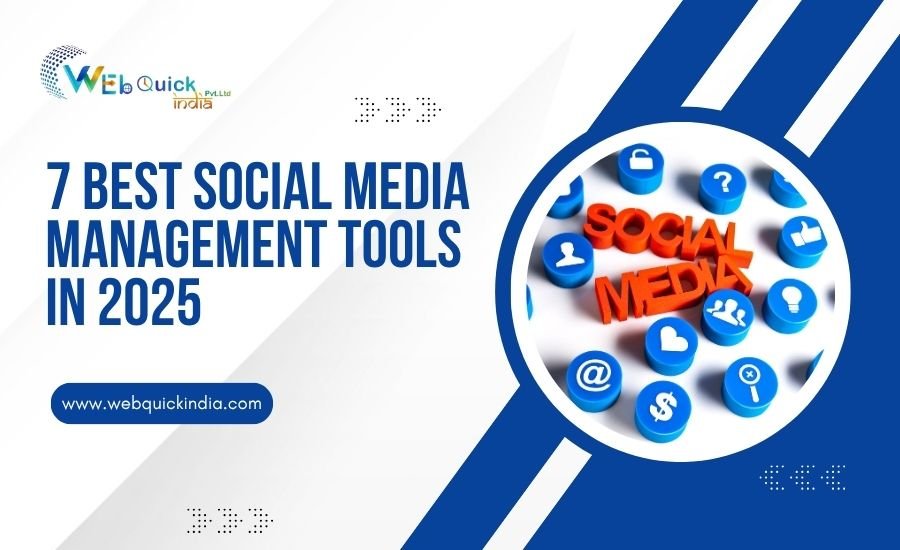
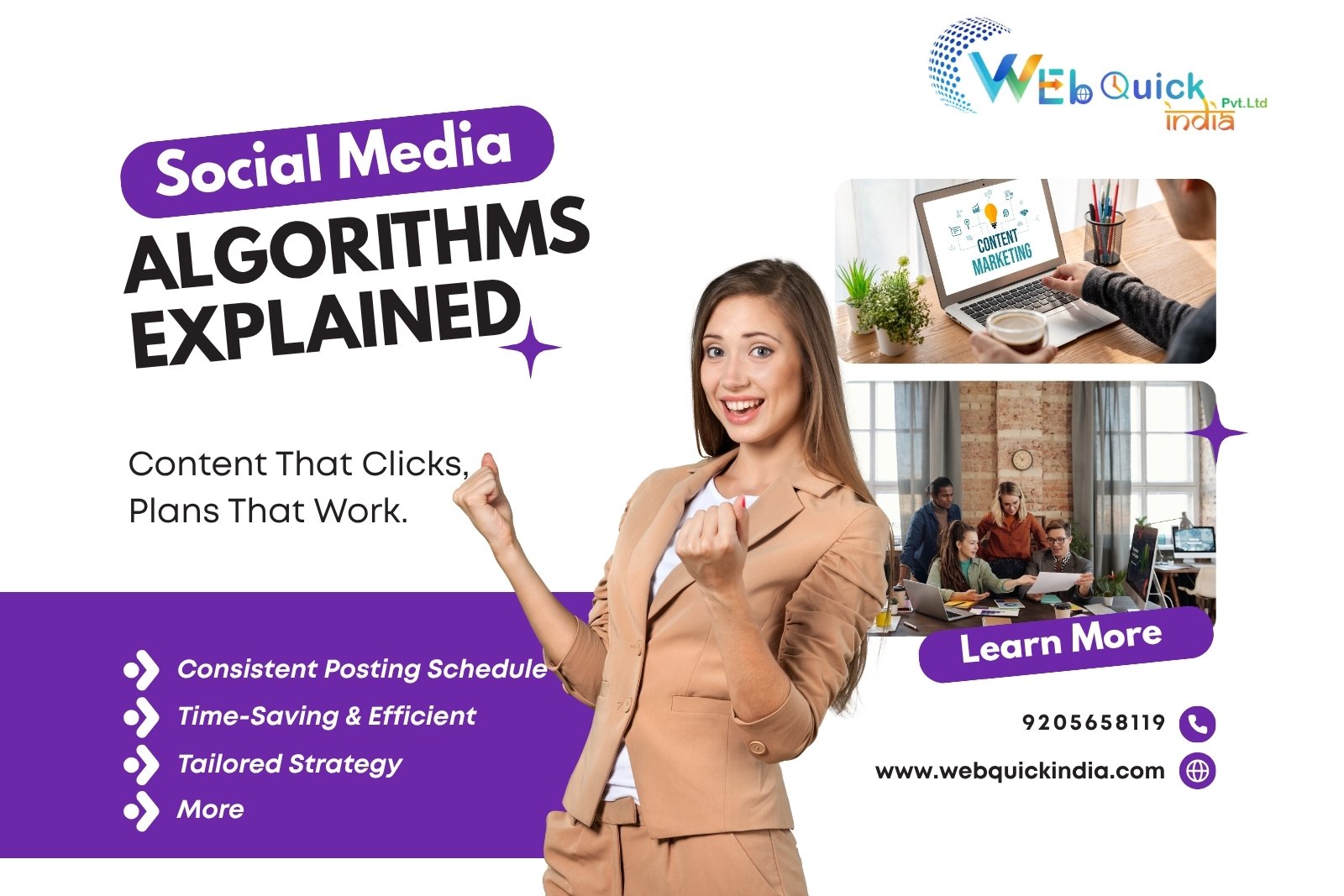
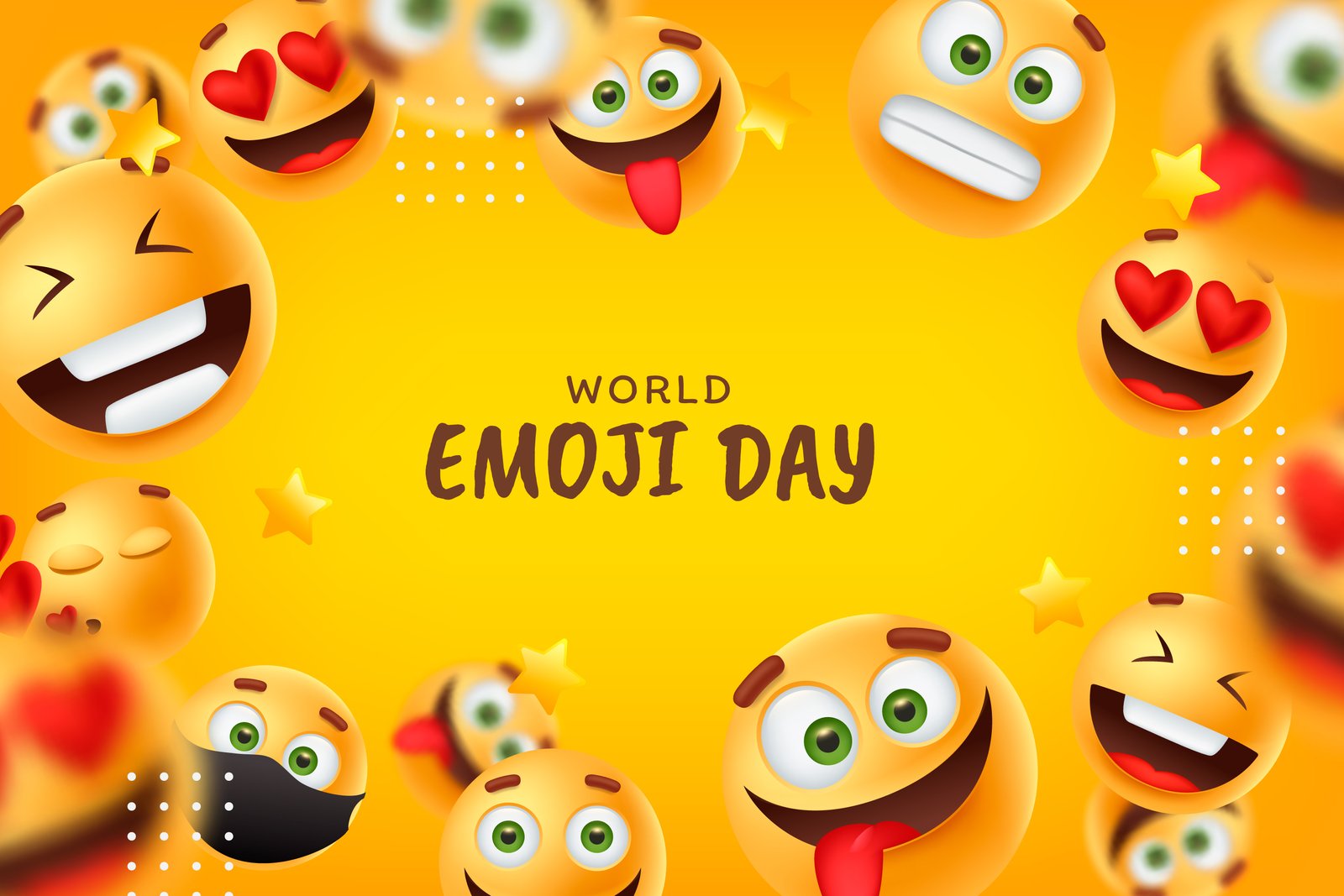
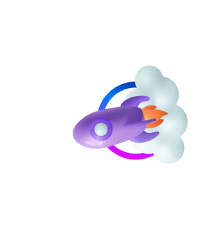
 How It works
How It works



